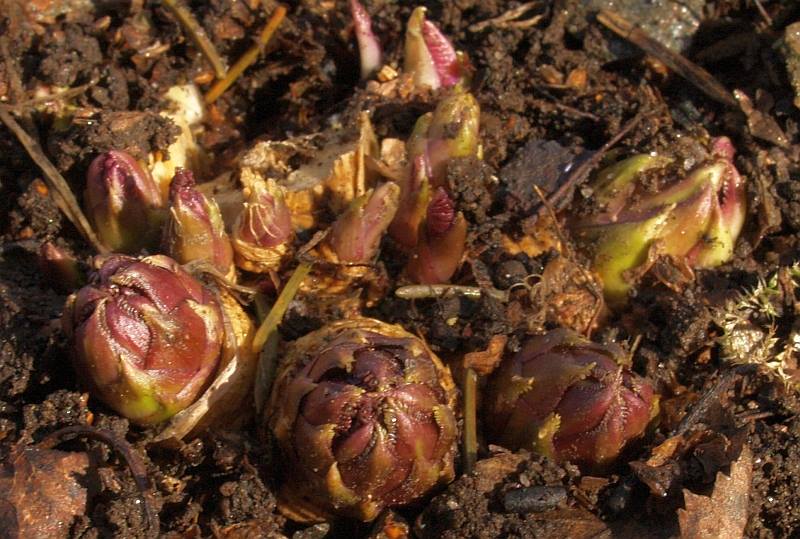Daily Archives: April 23, 2023
Chiffchaff and Willow
My interest in recording the incredible diversity of insects in my 40 year old edible forest garden lead to a much better understanding of the importance of different key species for the biological diversity present in the garden and the goat willow (selje) is perhaps the most important species of all despite the fact it is only a very marginal edible plant for us. I was aware of the importance of the nectar provided by willow to bumble bees and wild bees in the spring, but I was totally unaware earlier of the importance of this tree for moths emerging as adults in mid-April. I have so far recorded over 30 species of moth which are dependent on willow either in spring or in the larval stage (see the amazing diversity of the moths photographed in the garden in the picture at the bottom. However, this also explains the arrival of the chiffchaff (gransanger) and other migratory species in a wave in the middle of April here…arriving to a ready supply of insect food. The videos show our chiffchaff insect catching up amongst the catkins of one of the goat willows in the garden on 21st April, often singing as he hunts. Another fascination I’ve had for many years is the incredible complexity and beauty of bird song when slowed down (like a sound microscope; after hearing a BBC radio program about this and particularly the song of the wren: https://www.youtube.com/watch?v=S9x2rjExeW8). The second video is of the chiffchaff at normal and 10% speed as it hunts amongst willow catkins. The third video is also slowed down and shows a singing flycatching chiffchaff and a bumble bee flies past at the end (see at full screen)!











